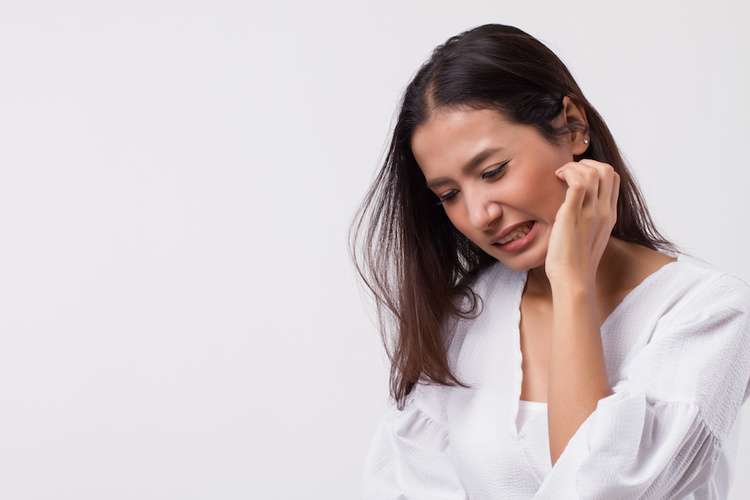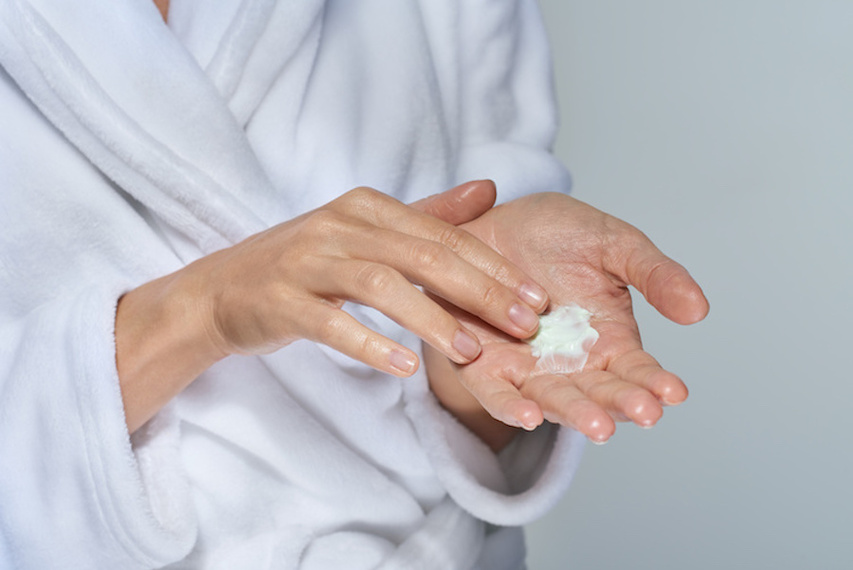Acne purging: full dermatologist guide

Tackling Acne Purging: What You Need to Know
Starting a new acne treatment can be exciting—it’s the beginning of your journey to clearer skin! But for about 20-25% of people, there’s an initial bump in the road called "acne purging." While frustrating, acne purging is a temporary phase that often signals your treatment is working. Let’s break down everything you need to know about skin purging, why it happens, and how to manage it effectively.
What Is Acne Purging?
Acne purging refers to an initial worsening of your skin when starting a new, effective treatment. This can mean more pimples, often in new areas, and more inflamed or extensive breakouts than usual. Clogged pores may transform into active pimples, and small blemishes may grow larger or even become pustules.
Why Does Acne Purging Happen?
The active ingredients in many acne treatments cause your skin to exfoliate more rapidly, increasing cell turnover and bringing underlying congestion (like sebum and bacteria) to the surface. While this can result in an initial breakout, it’s a sign the treatment is working to clear out what’s been lurking beneath your skin.
Key causes include:
- Exfoliation: The treatment encourages your skin to shed dead cells faster.
- Increased Cell Turnover: Boosted cell renewal pushes impurities to the surface.
- Rapid Bacteria Destruction: Killing acne-causing bacteria can trigger an immune response, leading to temporary inflammation.

Common Ingredients That Cause Purging
Some of the most effective acne treatments can trigger purging, including:
- Alpha Hydroxy Acids (AHAs): Glycolic acid, mandelic acid.
- Beta Hydroxy Acids (BHAs): Salicylic acid, lactic acid.
- Retinoids: Retinol, tretinoin, adapalene, tazarotene.
- Benzoyl Peroxide
- Vitamin C
Other treatments like isotretinoin (Accutane), chemical peels, and microdermabrasion can also cause purging.
How to Differentiate Between Purging and Regular Breakouts
Timing: Purging begins shortly after starting a new skincare treatment with active ingredients. Regular breakouts occur randomly or due to lifestyle factors like stress or diet.
Location: Breakouts from purging typically appear in areas where you’re already prone to acne. Regular breakouts may occur in new or unrelated areas.
Duration: Purging is temporary, lasting about 4-6 weeks as your skin adjusts. Regular breakouts, if untreated, can persist for months or even years.
Response to Treatment: Purging improves with continued use of the product. Regular breakouts may indicate that your current treatment needs adjustment or isn’t working.
Purging vs. Allergic Reaction
It’s essential to know the difference between purging and an allergic reaction.
-
Purging includes pimples, whiteheads, and blackheads. The skin may feel inflamed but is not swollen or itchy. Purging subsides within 4-6 weeks as the skin adjusts.
-
Allergic Reaction: Presents as red, itchy bumps, hives, or swelling. These symptoms persist or worsen until you stop using the product. If you suspect an allergic reaction, discontinue the product immediately and consult a dermatologist.
How to Minimize and Manage Purging
-
Introduce Products Gradually
- Start with smaller amounts of treatment products than directed.
- Apply every 2-3 nights, increasing frequency as your skin adjusts.
-
Avoid Harsh Exfoliants
- Skip scrubs, alcohol-based toners, and other physical exfoliants that may irritate your skin further.
-
Use Gentle Cleansers
- Opt for a mild-medicated cleanser with no more than 2% salicylic acid to cleanse without irritation.
-
Don’t Touch Your Skin
- Resist the urge to pick or touch breakouts, as this can worsen inflammation and lead to scarring.
-
Check Cosmetics
- Ensure makeup and sunscreen are labeled "oil-free" or "non-comedogenic" to avoid clogged pores.
-
Dilute Your Treatment
- Mix a small amount of your treatment cream with moisturizer to reduce potency until your skin adjusts.
-
Calm Your Skin
- Use a pink clay mask to draw out impurities, gently exfoliate, and soothe irritation.
Dealing With Retinoid Purging
Retinoid purging, also known as a "retinol purge," can cause dryness, peeling, and increased breakouts.
Tips to Manage Retinoid Purging:
- Start with a milder formulation, such as 0.25% retinol, and increase to higher concentrations, like 0.5%, once your skin adjusts.
- Apply to dry skin to reduce irritation—wait a few minutes after cleansing before applying the retinoid.
- Use cream-based retinoids instead of gels, which are more irritating.
- Look for retinol creams with niacinamide to minimize redness and dryness.
When to Reassess Your Routine
If purging lasts beyond 4-6 weeks, or if your skin doesn’t improve, consult a dermatologist. MDacne users can access free follow-ups to adjust their treatment plans and optimize results.
Final Thoughts on Acne Purging
Skin purging is a common side effect of starting effective acne treatments and a sign that your skin is on its way to clearing. While it may feel discouraging, remember that patience and consistency are key. If you’re unsure about your skin’s reaction, seek professional advice to ensure you’re on the right track.
Shop Recommended Products
- MDacne Retinol + Niacinamide Starter Kit
- Benzoyl Peroxide 2.5% Kit
- MDacne Hydrating Acne Cleanser
- Oil-Free Sunscreen
FAQs About Acne Purging
Q1. What is acne purging?
Acne purging is a temporary phase where breakouts worsen after starting a new treatment as underlying issues are cleared out.
Q2. How can I tell if it’s purging or an allergic reaction?
Purging involves pimples and inflamed breakouts, while an allergic reaction causes red, itchy bumps and swelling. Stop using the product and consult a dermatologist if you suspect an allergy.
Q3. How long does purging last?
Purging typically lasts 4-6 weeks as your skin adjusts to the treatment.
Q4. How can I minimize purging?
Gradually introduce treatments, use soothing products, and avoid harsh exfoliants or picking at your skin.
Q5. Can purging be avoided?
While purging can’t always be avoided, slow product introduction and proper skincare routines can help reduce its severity.
With the right approach, you can navigate acne purging and look forward to clearer, healthier skin ahead!
References:
Retinoid-Induced Flaring in Patients with Acne Vulgaris
To find the right acne treatments for your unique skin, take the free skin assessment by clicking here.



